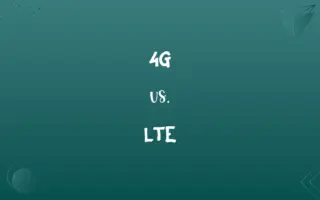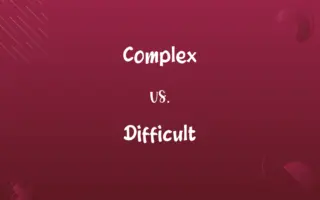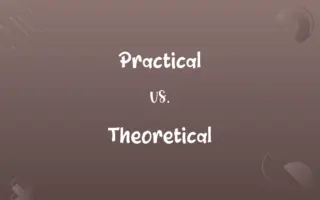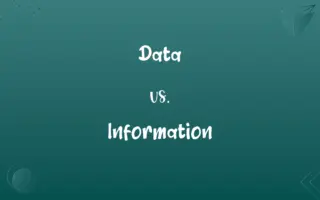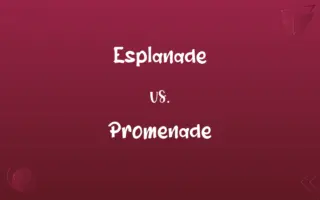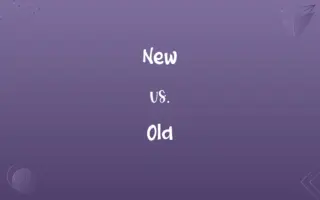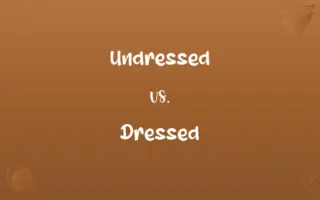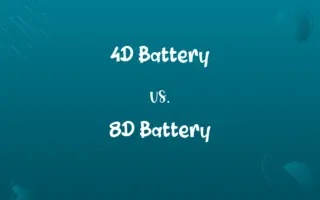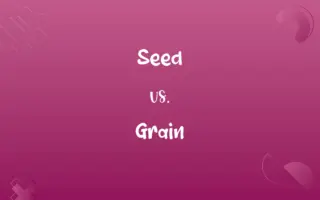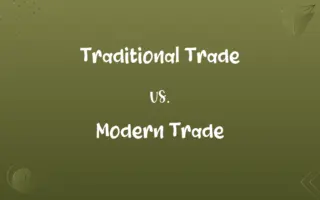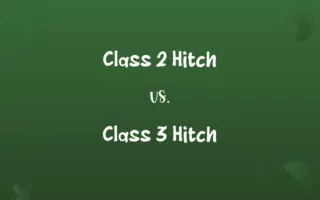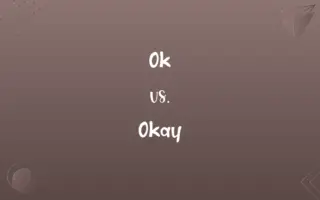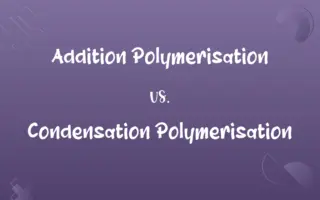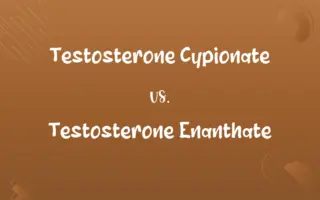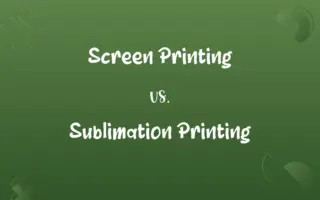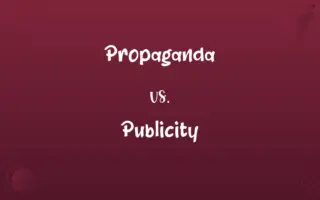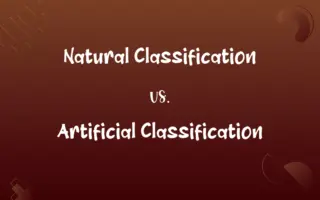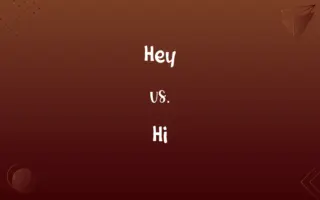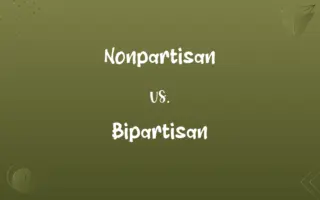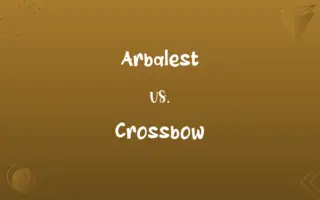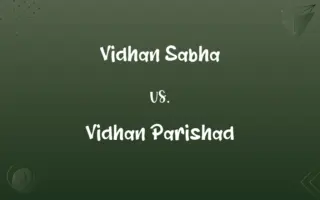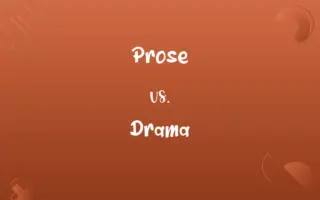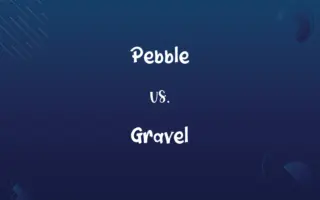Japanese Eyes vs. Chinese Eyes: Know the Difference

By Shumaila Saeed || Updated on December 25, 2023
Japanese Eyes and Chinese Eyes refer to linguistic structures in Japanese and Chinese respectively, each reflecting unique aspects of grammar and syntax.

Key Differences
Japanese Eyes and Chinese Eyes are terms representing different linguistic features in the Japanese and Chinese languages. While Japanese Eyes may refer to the unique sentence structure and usage of particles in Japanese, Chinese Eyes highlights the tonal nature and character-based writing system of Chinese.
Shumaila Saeed
Nov 14, 2023
In terms of grammar, Japanese Eyes often involves subject-object-verb word order, whereas Chinese Eyes showcases a subject-verb-object structure. This difference underlines the distinct syntactical approaches of both languages.
Shumaila Saeed
Nov 14, 2023
Pronunciation is a key aspect where Japanese Eyes and Chinese Eyes diverge. The Japanese language, as represented by Japanese Eyes, has a relatively simpler phonetic system compared to the complex tonal variations found in Chinese Eyes, indicative of the Chinese language.
Shumaila Saeed
Nov 14, 2023
Japanese Eyes may also refer to the extensive use of honorifics in Japanese communication, which is less prominent in Chinese Eyes, reflecting the more straightforward conversational style in Chinese.
Shumaila Saeed
Nov 14, 2023
In writing, Japanese Eyes encompasses a mix of Kanji and Kana, while Chinese Eyes relates to the use of Hanzi. This difference signifies the varied approaches to written expression in the two languages.
Shumaila Saeed
Nov 14, 2023
ADVERTISEMENT
Comparison Chart
Grammatical Particles
Frequent use in sentences
Less reliance on grammatical particles
Shumaila Saeed
Nov 14, 2023
ADVERTISEMENT
Japanese Eyes and Chinese Eyes Definitions
Japanese Eyes
Represents the distinct sentence formation in Japanese.
Japanese Eyes is evident in the frequent use of particles like 'wa' and 'ga'.
Shumaila Saeed
Nov 10, 2023
Chinese Eyes
Refers to the regional linguistic variations within China.
Chinese Eyes encompasses the differences between Mandarin and Cantonese.
Shumaila Saeed
Nov 10, 2023
Japanese Eyes
Refers to the blend of phonetic and ideographic elements in Japanese writing.
Japanese Eyes is visible in the mix of Hiragana and Kanji in texts.
Shumaila Saeed
Nov 10, 2023
Chinese Eyes
Represents the subject-verb-object sentence structure of Chinese.
Chinese Eyes is reflected in the straightforward syntax of Mandarin.
Shumaila Saeed
Nov 10, 2023
Japanese Eyes
A concept highlighting the use of honorifics in Japanese speech.
Japanese Eyes includes the respectful address of elders in conversation.
Shumaila Saeed
Nov 10, 2023
ADVERTISEMENT
Chinese Eyes
Illustrates the context-based interpretation of words in Chinese.
Chinese Eyes often requires understanding the context for accurate translation.
Shumaila Saeed
Nov 10, 2023
Japanese Eyes
Illustrates the non-tonal, pitch-accent nature of Japanese pronunciation.
Japanese Eyes does not involve the tonal variations found in Chinese.
Shumaila Saeed
Nov 10, 2023
Chinese Eyes
Highlights the use of characters (Hanzi) in written Chinese.
Chinese Eyes involves recognizing thousands of individual characters.
Shumaila Saeed
Nov 10, 2023
Japanese Eyes
A term denoting the unique grammatical structure of the Japanese language.
In Japanese Eyes, the verb often comes at the end of the sentence.
Shumaila Saeed
Nov 10, 2023
Chinese Eyes
A term denoting the tonal and character-based nature of the Chinese language.
In Chinese Eyes, the pronunciation of a word can change its meaning.
Shumaila Saeed
Nov 10, 2023
Repeatedly Asked Queries
What does Chinese Eyes imply?
It signifies the tonal, character-based, and syntactical characteristics of the Chinese language.
Shumaila Saeed
Nov 14, 2023
How do Japanese Eyes and Chinese Eyes differ in sentence structure?
Japanese Eyes typically follows a subject-object-verb order, while Chinese Eyes uses a subject-verb-object format.
Shumaila Saeed
Nov 14, 2023
Do Japanese Eyes and Chinese Eyes reflect cultural aspects?
Yes, both terms encapsulate linguistic elements that are deeply rooted in their respective cultures.
Shumaila Saeed
Nov 14, 2023
Are honorifics a part of Japanese Eyes?
Yes, Japanese Eyes includes the use of various honorifics in speech.
Shumaila Saeed
Nov 14, 2023
Does Chinese Eyes involve tonal pronunciation?
Yes, tonality is a key feature of Chinese Eyes, indicating the importance of tone in Chinese.
Shumaila Saeed
Nov 14, 2023
Can understanding Japanese Eyes help in learning Japanese?
Understanding Japanese Eyes can provide insight into the complexities of Japanese grammar and usage.
Shumaila Saeed
Nov 14, 2023
How does writing differ in Japanese Eyes and Chinese Eyes?
Japanese Eyes involves a mix of Kanji and Kana, whereas Chinese Eyes uses Hanzi characters.
Shumaila Saeed
Nov 14, 2023
What are Japanese Eyes?
A term referring to the unique grammatical and syntactical features of the Japanese language.
Shumaila Saeed
Nov 14, 2023
Is Chinese Eyes indicative of the complexity of the Chinese language?
Yes, Chinese Eyes reflects the complexity in terms of tones, characters, and syntax in Chinese.
Shumaila Saeed
Nov 14, 2023
How important is context in understanding Chinese Eyes?
Context is crucial in Chinese Eyes, especially due to homophones and regional variations.
Shumaila Saeed
Nov 14, 2023
Does Japanese Eyes influence the learning of kanji?
Yes, understanding Japanese Eyes can aid in comprehending the use and nuances of kanji in Japanese.
Shumaila Saeed
Nov 14, 2023
Does Japanese Eyes include the pitch-accent system?
Yes, the pitch-accent system is a part of Japanese Eyes, differentiating it from tonal languages.
Shumaila Saeed
Nov 14, 2023
Are the particles in Japanese Eyes similar to those in Chinese Eyes?
Japanese Eyes uses particles more extensively than Chinese Eyes, reflecting a key difference in syntax.
Shumaila Saeed
Nov 14, 2023
Does Chinese Eyes include an understanding of classical Chinese?
Chinese Eyes mainly focuses on modern Chinese, but knowledge of classical Chinese can provide deeper insights.
Shumaila Saeed
Nov 14, 2023
How does tone affect meaning in Chinese Eyes?
In Chinese Eyes, tone can completely change the meaning of a word, making tonal accuracy vital.
Shumaila Saeed
Nov 14, 2023
Is Chinese Eyes helpful for understanding Chinese culture?
Yes, Chinese Eyes offers insights into the linguistic aspects that are integral to Chinese culture.
Shumaila Saeed
Nov 14, 2023
Is Chinese Eyes relevant for all dialects of Chinese?
Chinese Eyes is relevant, though it may vary slightly across different Chinese dialects.
Shumaila Saeed
Nov 14, 2023
How does Japanese Eyes affect spoken Japanese?
Japanese Eyes influences the formality, politeness, and structure of spoken Japanese.
Shumaila Saeed
Nov 14, 2023
Are there any similarities between Japanese Eyes and Chinese Eyes?
Both terms represent linguistic structures unique to their languages, though the specifics differ greatly.
Shumaila Saeed
Nov 14, 2023
Can knowledge of Japanese Eyes help in learning other languages?
Understanding Japanese Eyes can provide a foundation for learning other languages, especially those with similar structures.
Shumaila Saeed
Nov 14, 2023
Share this page
Link for your blog / website
HTML
Link to share via messenger
About Author
Written by
Shumaila SaeedShumaila Saeed, an expert content creator with 6 years of experience, specializes in distilling complex topics into easily digestible comparisons, shining a light on the nuances that both inform and educate readers with clarity and accuracy.
